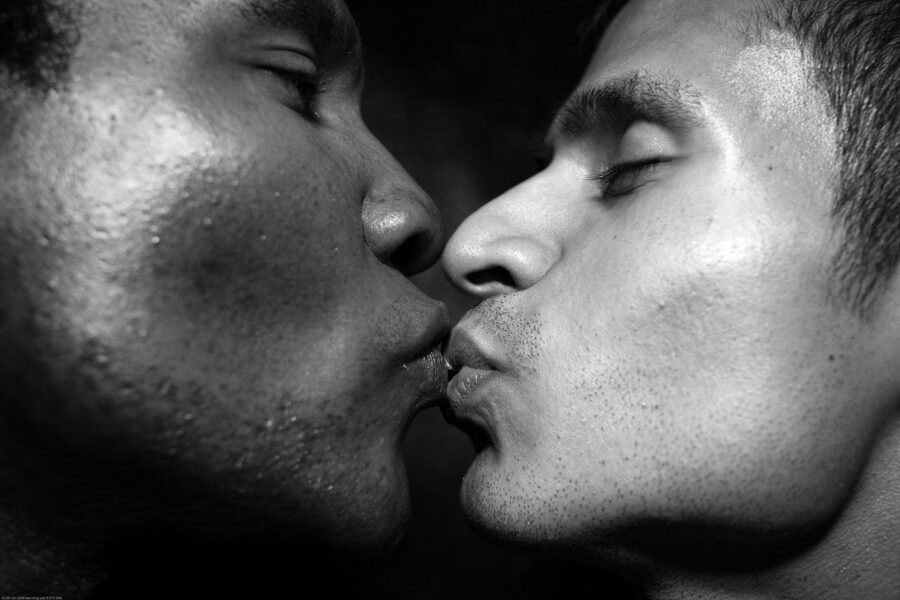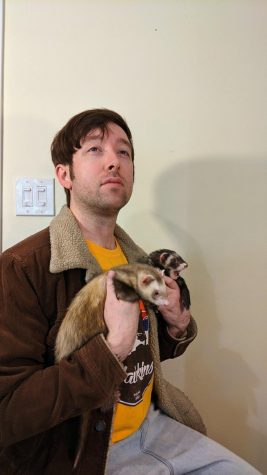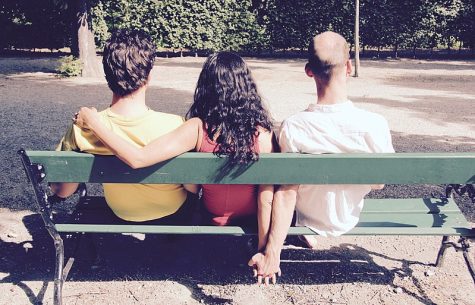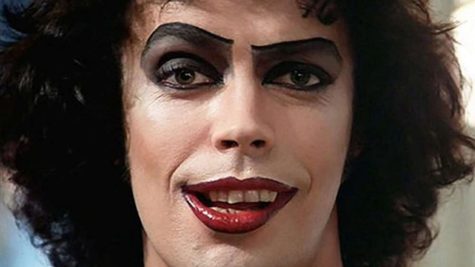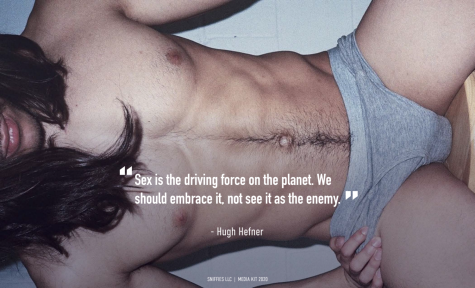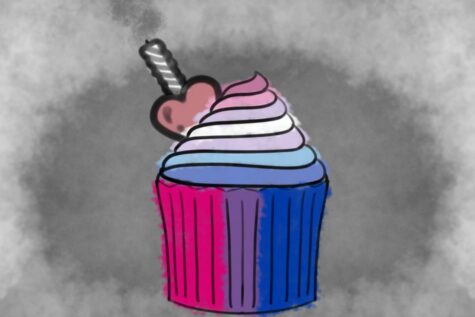Pandemic Dating
The LGBTQ+ community have already dated in a pandemic
Navigating sex and romance is a stressful and messy process; figuring out the best way to show who you are while also learning about the other person is a performative dance most people struggle with. The dance becomes even more elaborate when considering the various social etiquettes and safety concerns that come with dating in a pandemic. But dating hurdles are nothing new to the LGBTQ+ community.
In March 2020, COVID-19 fundamentally changed the world of sex and romance for everyone.
Between the quarantine keeping people locked in their homes for a year or longer, and many still being too nervous to risk adding a foreign body into their personal space, the number of physical dates and sexual encounters plummeted.
The LGBTQ+ community — particularly gay and bisexual men — have been living amidst a pandemic of another kind since the 1980s when the HIV/AIDS crisis began in America with the tragic death of Ken Horne in 1981.
Due to severe mishandling of the epidemic by the Reagan administration, it wasn’t until late 1982 that any concrete information about HIV would be revealed and 1987 before Reagan officially acknowledged its existence in a public speech. This left the virus to spread — uncontrolled — through the gay community, while being ignored by the rest of the country because it was a “gay man’s disease.”
The United States has seen over 35,000 new diagnoses of HIV per year since 2017, with approximately 69% of those being among gay and bisexual men. These numbers are lower than ever thanks to the availability of PrEP and the growing awareness of sexual health, but the fact remains that HIV completely changed the way gay and bisexual men date.
Prior to the virus, gay men were experiencing unprecedented sexual freedom in the wake of the Civil Rights Act of 1964 and the Sexual Revolution of the 1960s and 1970s. During this period of liberation, gay men had more sexual partners, more casual sex and redefined what it meant to live an out gay life in America.
But prejudice, fear and misinformation about HIV spread just as quickly as the virus. During the AIDS Crisis, the gay and bisexual men were scared and confused as they witnessed countless friends and lovers fall ill and die with little information on what was causing such devastation.
Sadly, the echoes of the AIDS Crisis still haunt us despite our advancements in both HIV treatment and prevention. With a quick look on a gay hookup app like Grindr, anyone can find profiles with people listing their HIV status as “clean” (a pejorative indicating they aren’t tainted by HIV), as if it’s a shameful disease to have. Hateful messages are also often sent to those who have a positive HIV status. In physical situations, some still recoil or become violent when finding out their date is positive, even if that person is undetectable (being properly treated with antiretroviral therapy so their viral load is virtually non-existent). These harmful practices are slowly changing, but it’s been 40 years since Ken Horne’s tragic death, and the LGBTQ+ community still has HIV at the forefront of the dating experience.
The United States is still struggling with the COVID-19 pandemic, with the delta strain being the latest concern and new strains threatening to put us in cyclical lock downs for years to come. Time will tell what long-term social implications we’ll deal with as people continue to date and have sex amidst this chaos. But if the gay community is any indication, we’re only seeing the beginning of a new normal.

